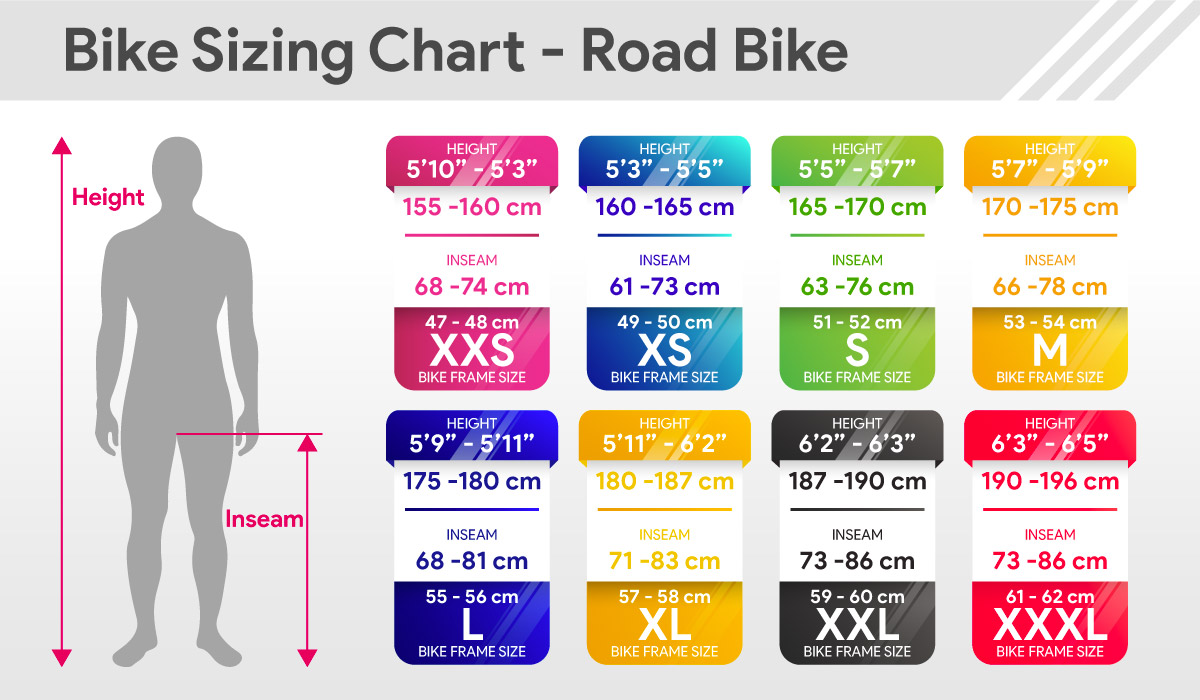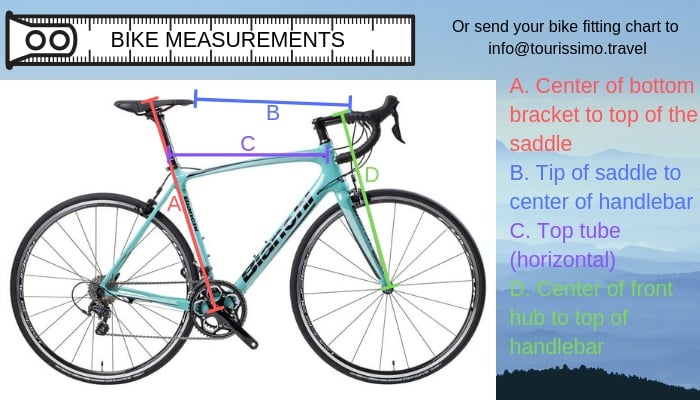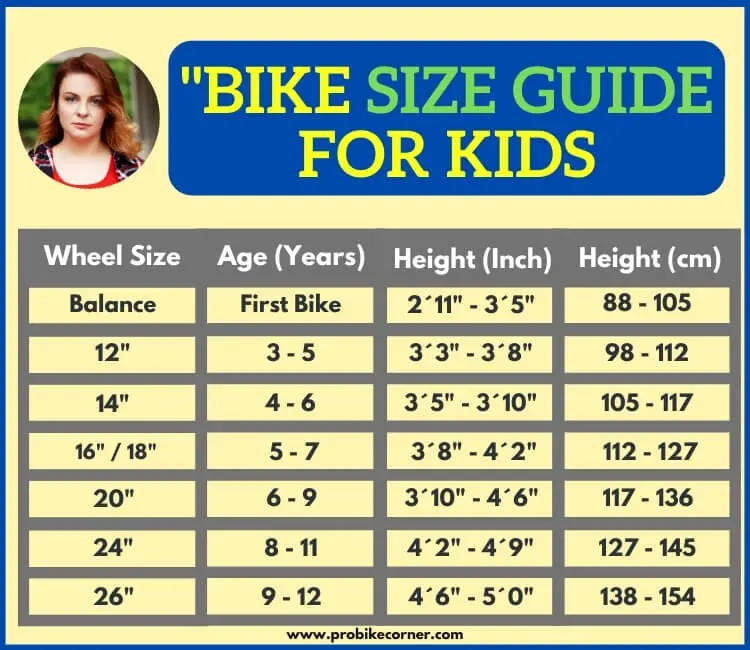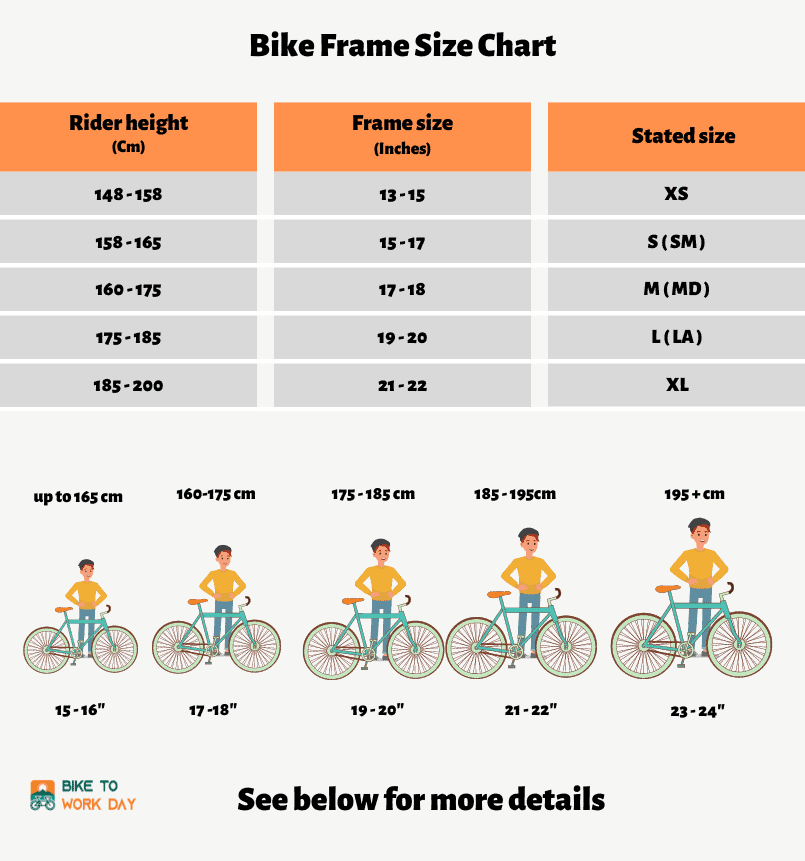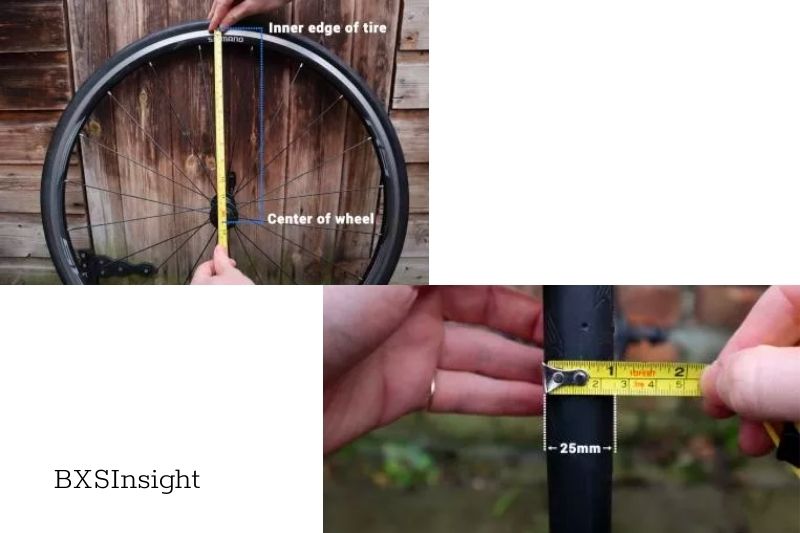Why Bike Size Matters
Finding the right bike size is crucial for a comfortable and enjoyable ride. When a bike fits properly, it can make a significant difference in performance, safety, and overall riding experience. On the other hand, an ill-fitting bike can lead to discomfort, fatigue, and even injuries. For instance, a bike that is too small can cause strain on the neck and back, while a bike that is too large can be difficult to control. Moreover, a bike that doesn’t fit properly can affect the rider’s ability to maintain balance and stability, increasing the risk of accidents. To avoid these issues, it’s essential to understand how to measure bike size and find the perfect fit for your needs. By doing so, you can ensure a comfortable and enjoyable ride, whether you’re a casual cyclist or an avid enthusiast.
Understanding Bike Size Measurements
When it comes to finding the perfect fit, understanding bike size measurements is crucial. There are three key measurements to consider: seat height, standover height, and reach. Seat height refers to the distance between the ground and the top of the saddle. Standover height, on the other hand, is the distance between the ground and the top tube of the bike. Reach, also known as the horizontal distance, is the measurement from the saddle to the handlebars. These measurements are used to determine the correct bike size, ensuring a comfortable and efficient ride. By understanding how to take these measurements and how they relate to your body, you can find a bike that fits you perfectly, whether you’re looking for a road bike, mountain bike, or hybrid bike. Knowing how to measure bike size is essential in finding the ideal bike for your needs.
How to Measure Yourself for a Bike
To find the perfect fit, it’s essential to take accurate measurements of your body. This will help you determine the ideal bike size and ensure a comfortable ride. Here’s a step-by-step guide on how to measure yourself for a bike: First, measure your inseam by standing against a wall with your feet shoulder-width apart. Record the distance from the floor to the top of your inner thigh. Next, measure your arm length by standing against a wall with your arms relaxed at your sides. Record the distance from the floor to the tip of your middle finger. Additionally, consider your riding style and the type of bike you’re looking for. For example, if you’re looking for a road bike, you may want a slightly smaller frame size than if you were looking for a mountain bike. When taking these measurements, make sure to wear the same shoes and clothing you plan to wear while riding. This will ensure accurate measurements and help you find the perfect fit. Remember, knowing how to measure bike size is crucial in finding a bike that fits you comfortably and efficiently.
Using a Bike Size Chart
Once you have taken your measurements, it’s time to use a bike size chart to determine the correct bike size. A bike size chart is a valuable tool that helps match your body measurements to the corresponding bike size. There are different types of bike size charts available, including those based on height, inseam, and arm length. To use a bike size chart, simply find your measurements on the chart and match them to the recommended bike size. For example, if you have an inseam of 32 inches, the chart may recommend a bike size of 56cm. It’s essential to note that different manufacturers may have slightly different sizing charts, so be sure to check the specific chart for the brand and model you’re interested in. Additionally, consider factors such as riding style and terrain when using a bike size chart. For instance, if you’re looking for a road bike, you may want a slightly smaller frame size than if you were looking for a mountain bike. By using a bike size chart and considering these factors, you can find a bike that fits you comfortably and efficiently. Remember, knowing how to measure bike size and using a bike size chart are crucial steps in finding the perfect fit.
Factors to Consider When Choosing a Bike Size
When choosing a bike size, there are several factors to consider beyond just your measurements. These factors can affect the ideal bike size and ensure a comfortable and efficient ride. One of the most important factors is riding style. For example, if you’re a casual rider who sticks to paved paths, you may prefer a more upright riding position and a larger frame size. On the other hand, if you’re an aggressive mountain biker, you may prefer a smaller frame size and a more aggressive riding position. Terrain is another crucial factor to consider. If you’ll be riding on rough terrain, you may want a bike with a slightly larger frame size and more suspension travel to absorb the bumps. Personal preference also plays a significant role in choosing a bike size. Some riders prefer a more compact frame size for easier handling, while others prefer a larger frame size for more stability. Additionally, consider the type of bike you’re looking for, such as a road bike, mountain bike, or hybrid bike, as each type has its own unique sizing requirements. By considering these factors, you can find a bike that not only fits you comfortably but also meets your riding needs. Remember, knowing how to measure bike size is just the first step; considering these factors will help you find the perfect fit.
Common Mistakes to Avoid When Measuring for a Bike
When measuring for a bike, it’s essential to avoid common mistakes that can lead to an ill-fitting bike. One of the most common mistakes is taking incorrect measurements. This can occur when the measuring tape is not level or when the measurements are not taken in the correct position. To avoid this mistake, make sure to take multiple measurements and double-check them for accuracy. Another mistake is ignoring bike style. Different bike styles, such as road bikes or mountain bikes, have unique sizing requirements. Failing to consider bike style can result in a bike that is too small or too large. Additionally, not considering personal factors, such as riding style and terrain, can also lead to an ill-fitting bike. For example, if you’re a aggressive rider, you may prefer a smaller frame size for easier handling. By being aware of these common mistakes, you can ensure accurate measurements and find a bike that fits comfortably. Remember, knowing how to measure bike size is crucial, but avoiding these mistakes is equally important. By taking the time to measure correctly and consider all factors, you can find a bike that meets your needs and provides a comfortable ride.
Getting a Professional Fit
While measuring yourself for a bike and using a bike size chart can provide a good estimate of the correct bike size, getting a professional fit can ensure a comfortable and efficient ride. A professional bike fitter has the expertise and experience to analyze your riding style, body proportions, and personal preferences to determine the ideal bike size. They will also consider factors such as your flexibility, strength, and riding position to ensure that the bike is tailored to your specific needs. During a professional fit, the fitter will typically conduct a thorough analysis of your body and riding style, including measurements of your inseam, arm length, and leg length. They will then use this information to adjust the bike to fit you perfectly, taking into account the saddle height, handlebar height, and pedal position. By getting a professional fit, you can ensure that your bike is optimized for comfort, performance, and safety. Additionally, a professional fitter can also provide valuable tips and advice on how to maintain a comfortable riding position and avoid common mistakes when measuring for a bike. Remember, knowing how to measure bike size is just the first step; getting a professional fit can take your riding experience to the next level.
Conclusion: Finding the Perfect Fit for a Comfortable Ride
In conclusion, finding the right bike size is crucial for a comfortable and enjoyable ride. By understanding the importance of bike size, taking accurate measurements, and considering various factors, you can ensure a perfect fit. Remember, knowing how to measure bike size is just the first step; it’s equally important to avoid common mistakes and consider getting a professional fit. By following the guidelines outlined in this article, you can find a bike that meets your needs and provides a comfortable ride. Whether you’re a seasoned cyclist or just starting out, taking the time to find the perfect fit will make all the difference in your riding experience. So, take the first step today and start measuring for your perfect bike size – your body (and your bike) will thank you!


